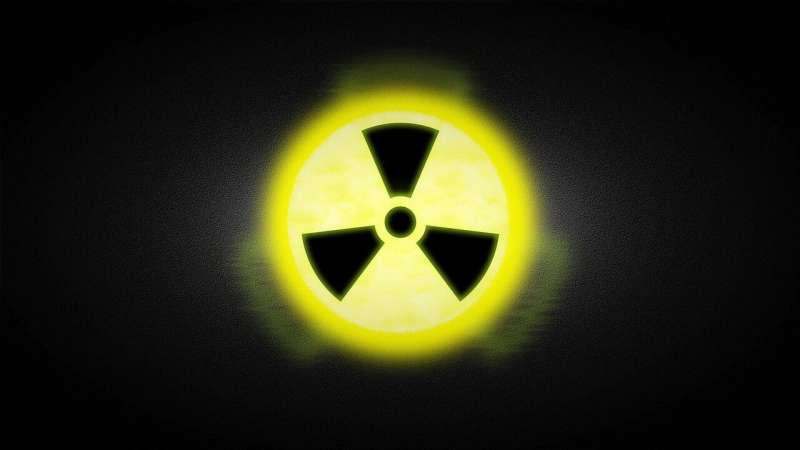Risk of cancer death after exposure to low-dose ionizing radiation underestimated, suggests nuclear industry study

Prolonged exposure to low-dose ionizing radiation is associated with a higher risk of death from cancer than previously thought, suggests research tracking the deaths of workers in the nuclear industry, published in The BMJ.
The findings should inform current rules on workplace protection from low-dose radiation, say the researchers.
To date, estimates of the effects of radiation on the risk of dying from cancer have been based primarily on studies of survivors of atomic bombs dropped on Japan at the end of the Second World War.
These estimates are used to set the level of protection required for workers regularly exposed to much lower doses of radiation in the nuclear industry and other sectors such as health care.
But the latest data from the International Nuclear Workers Study (INWORKS) suggest that risk estimates, based on the acute exposures among atomic bomb survivors to an extremely high dose of radiation, may underestimate the cancer risks from exposure to much lower doses of ionizing radiation delivered over a prolonged period in the workplace.
The researchers therefore tracked and analyzed deaths among 309,932 workers in the nuclear industry in the UK, France, and the US (INWORKS) for whom individual monitoring data for external exposure to ionizing radiation were available.
During a monitoring period spanning 1944 to 2016, 103,553 workers died: 28,089 of these deaths were due to solid cancers, which include most cancers other than leukemia.
The researchers then used this information to estimate the risk of death from solid cancers based on workers' exposure to radiation 10 years previously.
They estimated that this risk increased by 52% for every unit of radiation (Gray; Gy) workers had absorbed. A dose of one Gray is equivalent to a unit of one Joule of energy deposited in a kilogram of a substance.
But when the analysis was restricted to workers who had been exposed to the lowest cumulative doses of radiation (0-100 mGy), this approximately doubled the risk of death from solid cancers per unit Gy absorbed.
Similarly, restricting the analysis only to workers hired in more recent years when estimates of occupational external penetrating radiation dose were more accurate also increased the risk of death from solid cancer per unit Gy absorbed.
Excluding deaths from cancers of the lung and lung cavity, which might be linked to smoking or occupational exposure to asbestos, had little effect on the strength of the association.
The researchers acknowledge some limitations to their findings, including that exposures for workers employed in the early years of the nuclear industry may have been poorly estimated, despite their efforts to account for subsequent improvements in dosimeter technology—a device for measuring exposure to radiation.
They also point out that the separate analysis of deaths restricted to workers hired in more recent years found an even higher risk of death from solid cancer per unit Gy absorbed, meaning that the increased risk observed in the full cohort wasn't driven by workers employed in the earliest years of the industry. There were also no individual level data on several potentially influential factors, including smoking.
"People often assume that low dose rate exposures pose less carcinogenic hazard than the high dose rate exposures experienced by the Japanese atomic bomb survivors," write the researchers. "Our study does not find evidence of reduced risk per unit dose for solid cancer among workers typically exposed to radiation at low dose rates."
They hope that organizations such as the International Commission on Radiological Protection will use their results to inform their assessment of the risks of low dose, and low dose rate, radiation and ultimately in an update of the system of radiological protection.
More information: Cancer mortality after low dose exposure to ionising radiation in workers in France, the United Kingdom, and the United States (INWORKS): cohort study, The BMJ (2023). DOI: 10.1136/bmj-2022-074520
No comments:
Post a Comment